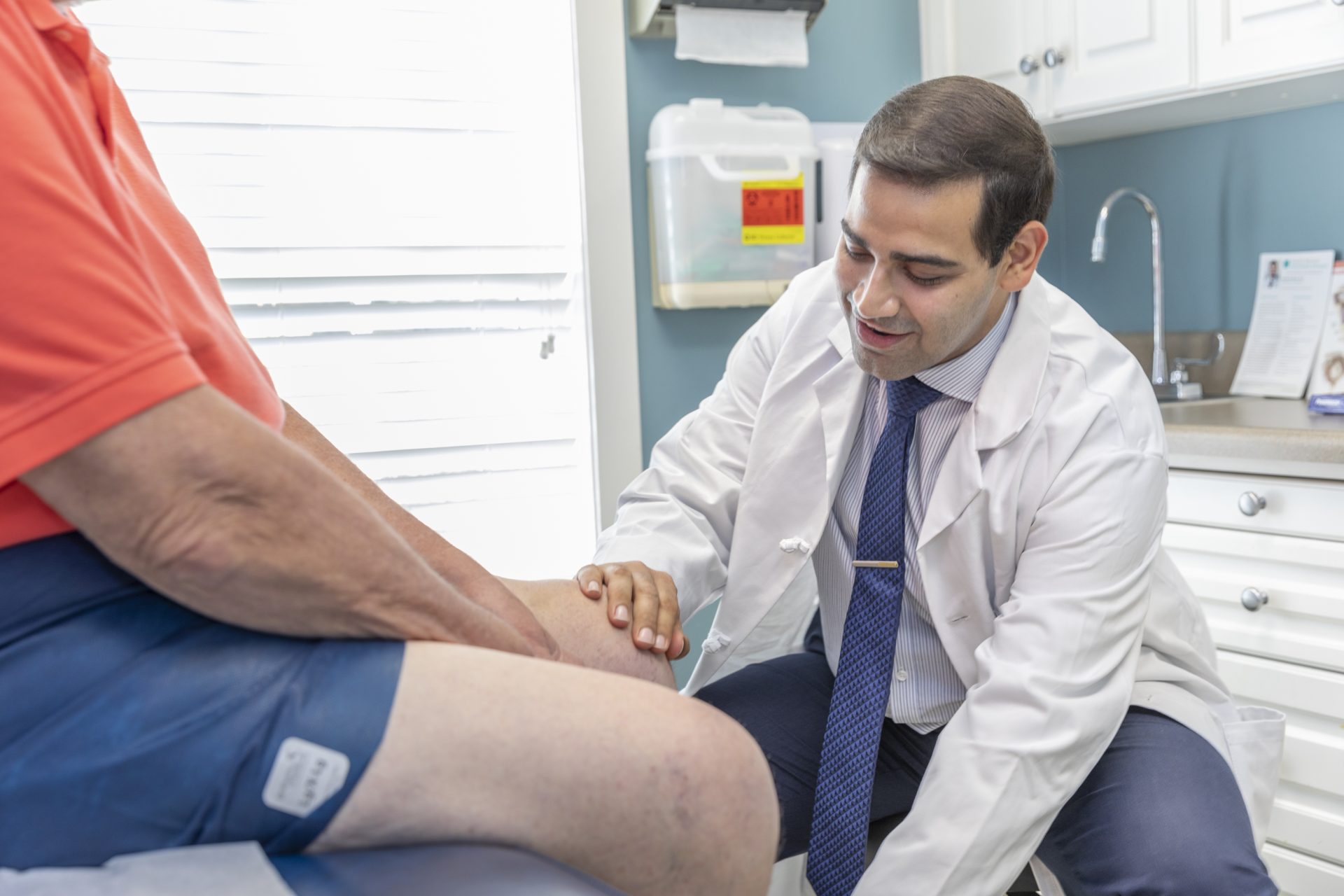Emergencies come in many forms: fires, hurricanes, earthquakes, tornadoes, floods, violent storms. In the event of extreme weather or a disaster, would you know what to do to protect your pet? Leaving pets out of evacuation plans can put pets, pet owners, and first responders in danger. Even if you try to create a safe place for them, pets left behind during a disaster are likely to be injured, lost, or worse. Be prepared: make a plan and prepare a disaster kit for your pet.
Before an emergency:
To get started, familiarize yourself with the types of disasters that could affect your area and consider your options for providing care for your pet(s).
Disasters can happen without warning, so be prepared:
Make sure your pet(s) wear collars and tags with up-to-date contact information and other identification.
Microchip your pet(s) – this is one of the best ways to ensure that you and your pet are reunited if you are separated. Always be sure to register the microchip with the manufacturer and keep your contact information up to date with the microchip company.
Keep a leash and/or carrier near the exit.
Make sure you have proper equipment for pets to ride in the car (carriers, harnesses, pet seatbelts).
Prepare a Pet Disaster Kit so evacuation will go smoothly for your entire family. Ask your veterinarian for help in putting together your pet’s veterinary records.
Make a Plan
Plan where you and your pet will stay in case you need to evacuate your home. Pets may not be allowed in local shelters, unless they are service animals. Many disaster evacuation centers (such as Red Cross evacuation centers) do not accept pets and other animals.
Identify shelters or out-of-town friends or relatives where your pets and other animals can stay.
Locate boarding facilities or animal hospitals near your evacuation shelter and in the case you are unable to return home right away.
Create a buddy system in case you’re not home during an emergency. Ask a trusted neighbor who can check on your animals and can evacuate your animals if necessary.
Locate a veterinarian or animal hospital in the area where you may be seeking temporary shelter and add the veterinarian’s contact information to your emergency kit.
Create an emergency kit for your pet
Prepare an emergency kit for your pet ahead of time.
Purchase a pet carrier for each of your pets (write your pet’s name, your name, and contact information on each carrier).
Food and water for at least 2 weeks for each pet
For cats: litter box and litter
For dogs: plastic bags for poop
Medications for at least 2 weeks
Medical records, including record of vaccination for rabies and other diseases, prescription medications, and medical history.
Sturdy leashes or harnesses
Microchip number
Contact information (cell phone, work phone, home phone) of owner and close relative or friends
During an Emergency
Sheltering during an evacuation
Remember, during a disaster, what is good for you is good for your pet. If you leave your pets behind, they may be lost, injured – or worse. Never leave a pet chained outdoors.
Contact your local emergency management office and ask if they offer accommodations for owners and their pets. If accommodations are needed for your pet(s):
Contact local veterinary clinics, boarding facilities, local animal shelters, family or friends outside the evacuation area, or a pet-friendly hotel, particularly along evacuation routes.
Remember to take your pet’s emergency kit with you.
Learn what to expect if you take your pet to an evacuation center.
Sheltering in place
When sheltering at home with your pet, make sure the room chosen is pet-friendly in the following ways:
Select a safe room, preferably an interior room with no (or few) windows.
Remove any toxic chemicals or plants.
Close off small areas where frightened cats could get stuck in (such as vents or beneath heavy furniture).
Diseases that can spread between pets and people during a natural disaster: Natural disasters can contribute to the transmission of some diseases. Exposure to inclement weather conditions, stagnant water, wildlife or unfamiliar animals, and overcrowding can put your pet at risk for getting sick. Some of these illnesses can be transmitted between pets and people (also known as zoonotic diseases or zoonoses). Some common disaster-related diseases that pets can pass to people are the following: rabies, leptospirosis, and diseases spread by mosquitoes, fleas, and ticks.
After an Emergency
After an emergency, familiar scents and landmarks may have changed. Pets can become confused and lost, so it’s important to keep pets on leash or in a carrier when they’re being transported or when you go outside. Some hazards to be aware of for pets and people include snakes and other wildlife, especially after flooding, and downed power lines.
Returning home
Check your home for sharp objects, spilled chemicals, and exposed wiring to protect your family and your pets from injury.
The behavior of animals may change dramatically after a flood, flash flood, thunderstorm, or hurricane. Normally quiet and friendly animals may become irritable.
Monitor animals closely and only release them in a safe and secure environment.
Contact a veterinarian if you notice any signs of stress, discomfort, or illness in your pets.
Finding a lost pet
Make sure that your family is in a safe location before you begin your search.
If you are in a shelter that houses pets, inform one of the pet caretakers. Give the pet caretaker a missing pet flyer.
Many shelters and organizations will house pets lost during disasters. Contact your local humane society, animal welfare organization, or county or state animal response team to find the shelters or organizations near you. The National Animal Rescue and Sheltering Coalition may also be able to help find the right local response organization.
In addition to shelters and rescue organizations, you can contact local animal control about your lost pet and post missing pet flyers in the area once conditions are safe.
If your pet has a microchip, call the microchip company to let them know your pet is missing and make sure all the information about your pet including your current contact information is updated and current.
Sources:
https://www.cdc.gov/healthypets/emergencies/index.html
Pet Disaster Preparedness Kit
Pets in Evacuation Centers
Humane Society of the United States: Making a disaster plan for pets
Exclusive content from CARE Magazine








